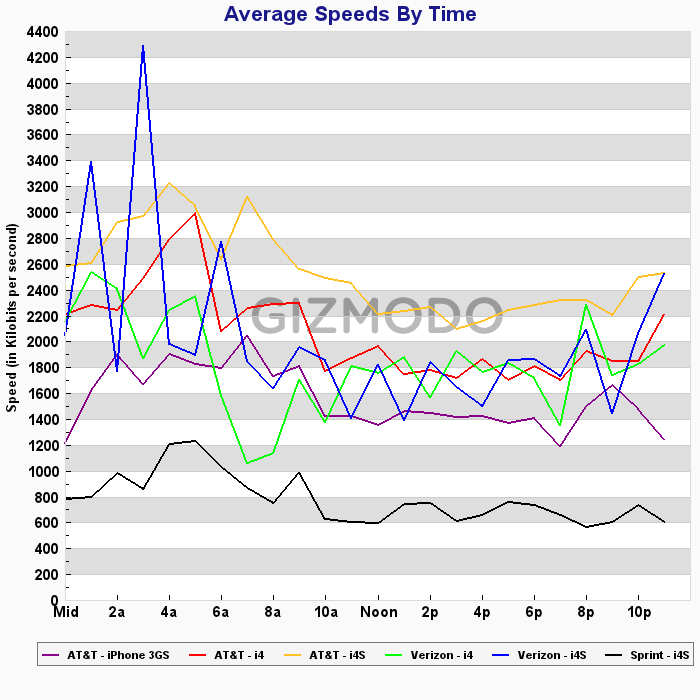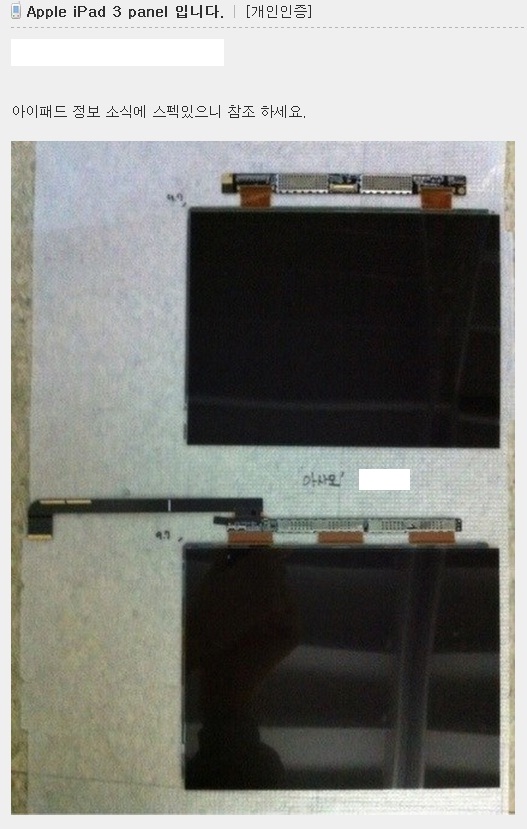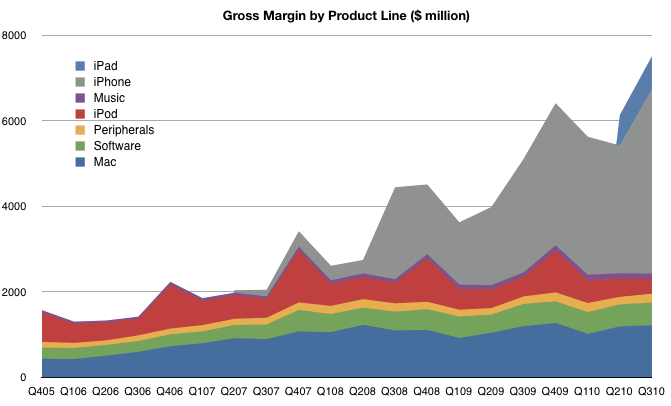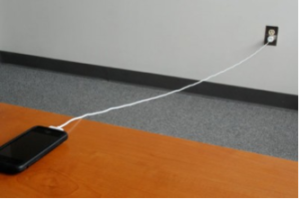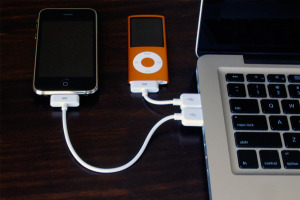The next generation of wireless data speeds is called 4G LTE. Initially it was called just 4G, but carriers began abusing the term by using it to describe their upgrade 3G networks. Here's a rough approximation of the speeds of each, along with basic history.
2G: This is called EDGE by AT&T and ExDO by Verizon. 2G was the first real data wireless network in the US and understandably transfer speeds are pretty slow, about 0.3 to 0.6 mbps usually.
3G: This is what most consumers are using today. There are many many 3G phones on the market, and the chips are mature enough to not significantly drain the battery of these phones. Typical speeds are 1-3 mbps.
3G+: During the rush to roll out 4G, T-mobile opted to instead build out their 3G+ network, but somehow got away with marketing it as 4G to consumers. Plain 3G uses a technology called HSPA, whereas 3G+ is just upgraded slightly and uses HSPA+ (that's where the + comes from). Of course, this drove AT&T and Verizon crazy, since they were spending the money to actually upgrade the entire system and build out an entirely new infrastructure, whereas T-Mobile was doing small modifications. In other words, AT&T and Verizon did it the right way while T-Mobile took a shortcut and used marketing to trick consumers. The Verizon CEO joked openly about calling theirs 5G just to stick it to T-Mobile, but in the end they settled on 4G LTE. The theoretically max of plain 3G is 7mbps, whereas 3G+ is 28 mbps. In the real world, we don't see "theoretical speeds" instead we see speeds of about 2-5 mbps for 3G+.
4G LTE: This is the "real 4G". LTE stands for Long Term Evolution since the infrastructure being currently built out by AT&T and Verizon is not just a quick fix, but instead an entire reconfigure of the underground lines and cell towers used to distribute wireless signal. The terminology "Long Term Evolution" signifies the carries belief that the infrastructure they are building now will be used for many years and many more evolutions of wireless speed (5G, 6G, etc). Some phones do already have 4G LTE, but they suffer from greatly reduced battery life. For example the newest 4G LTE phone drains battery so fast that when you are using map navigation a car charger can't even replenish it fast enough! Real world speeds of 4G LTE are expected to be 4-12 mpbs once networks are fully saturated with many capable devices. (Currently, 4G LTE is a ridiculously awesome 35 mbps, due to so few devices.)
Using rough numbers 3G is about 3 times faster than 2G, and 4G LTE is about 4 times faster than that! So this is no small evolution we are talking about, this is a big jump in data speeds, and will provide your cell phone with speeds that rival some wifi speeds. I, for one, am thankful that Verizon and AT&T are taking the time to do it right.
How does this relate to Apple? Apple has chosen to wait for 4G LTE to mature before putting it in iPhones and iPads. They are waiting for the actual chips to use less power and the cell phone carriers to finish building out more of their infrastructure to cover more customers.
Next post we will continue to discuss coverage in the US to see which carrier is winning the race to 4G LTE. Eventually, Apple will put 4G LTE in the iPad 3 or iPhone 5, and we’re going to want to know if AT&T or Verizon has better coverage and speed.
 Ryan Jones
Ryan Jones
 Feb 9, 2012 |
Feb 9, 2012 |  Permalink
Permalink 
